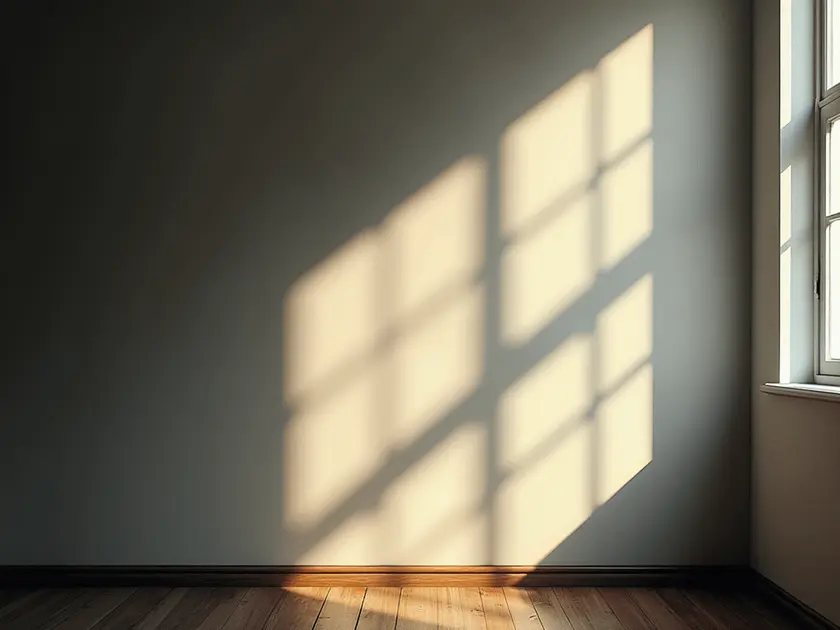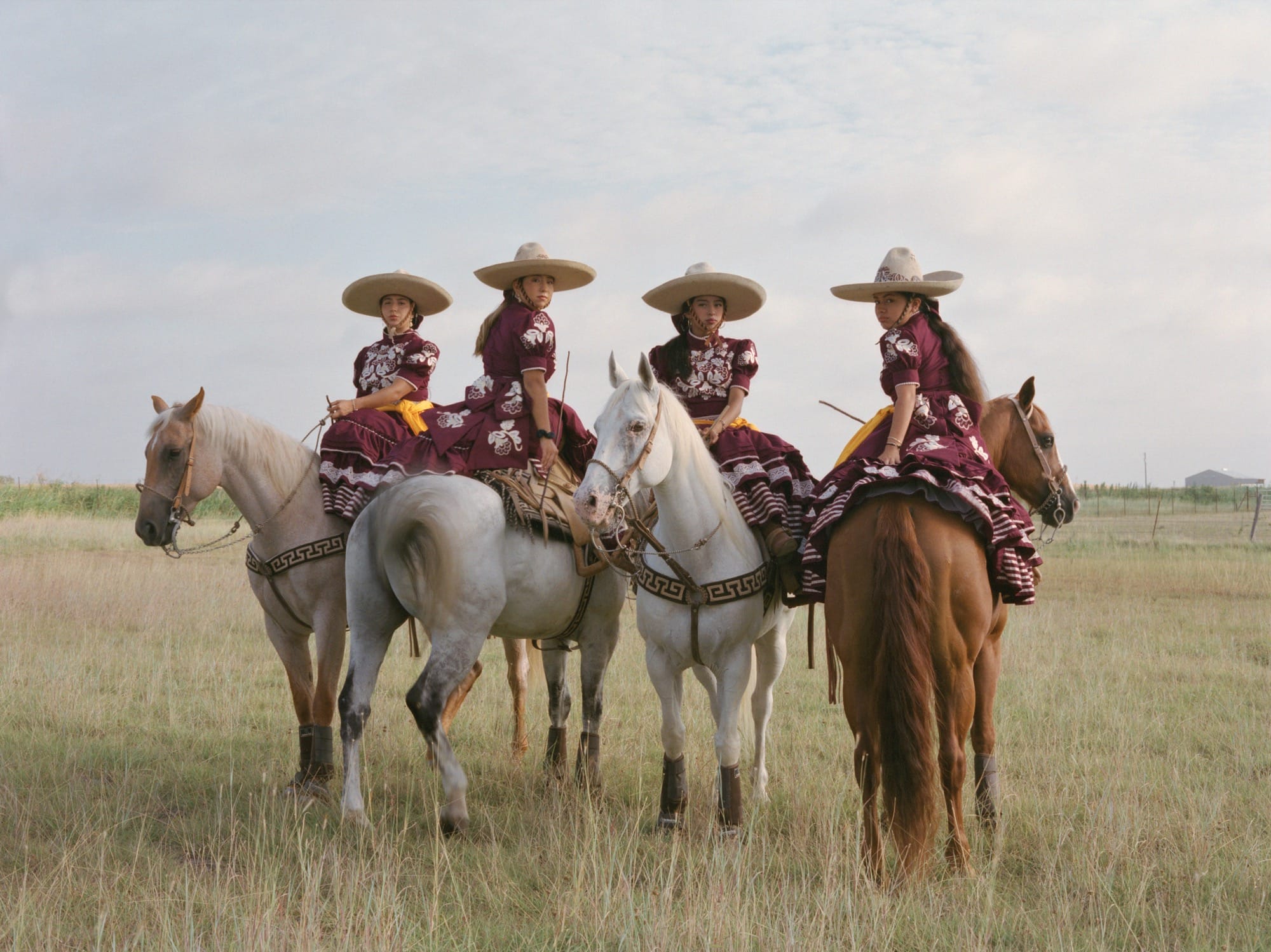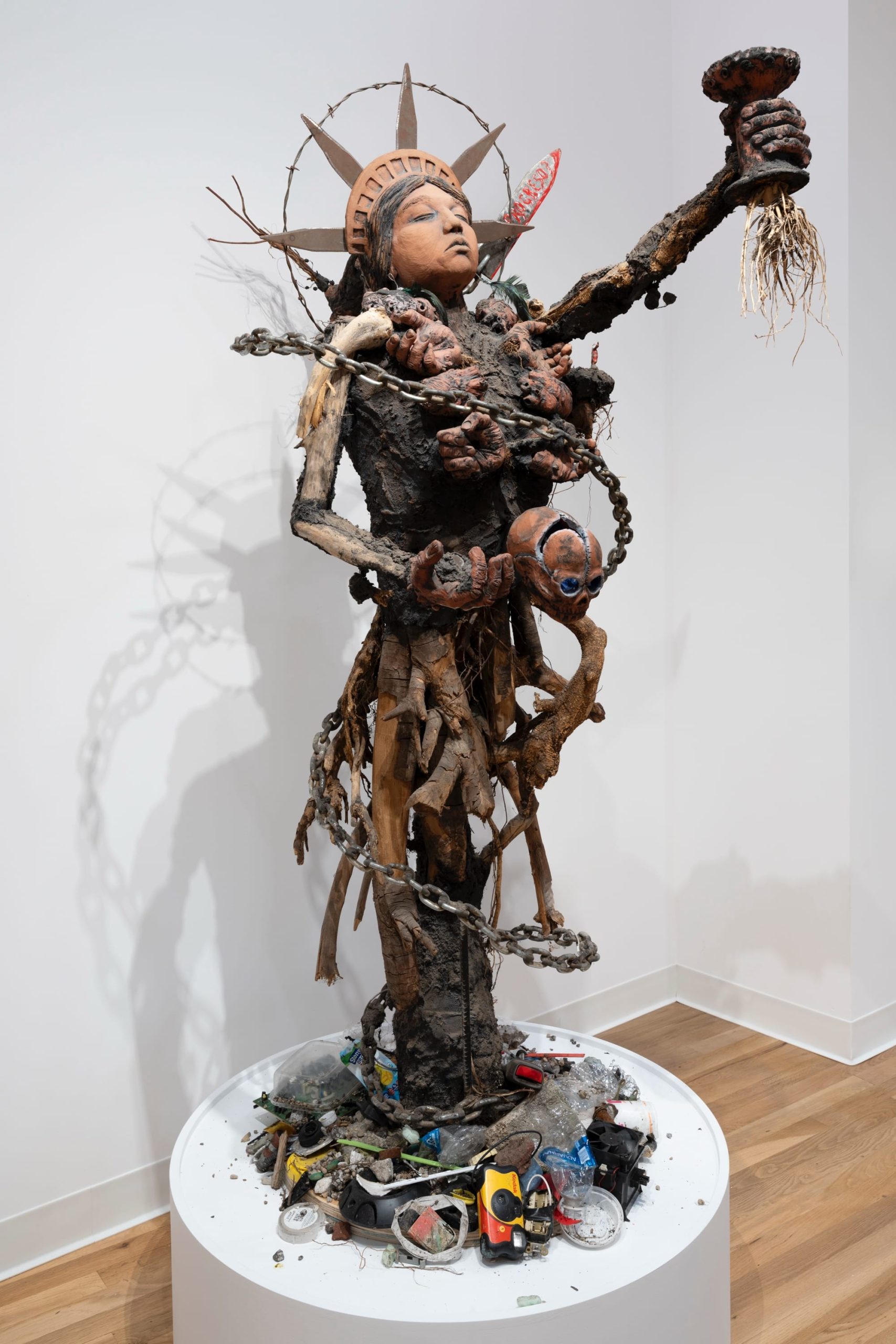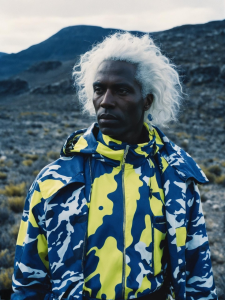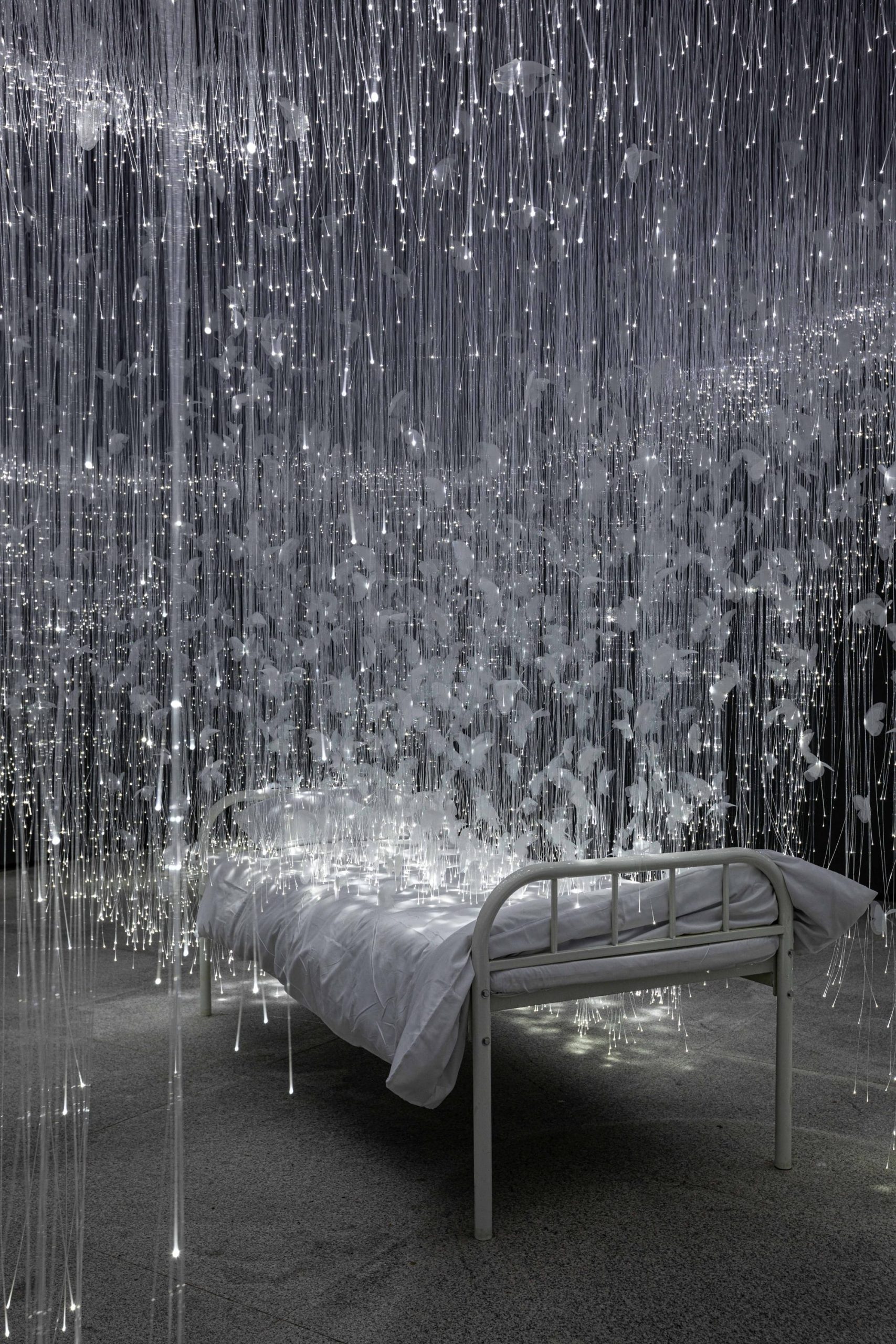How to Use Light and Shadow in Design
Light and shadow play crucial roles in design, offering a powerful tool for creating depth, enhancing visual impact, and setting the mood and atmosphere of a space. By strategically incorporating light and shadow, designers can transform flat compositions into dynamic and engaging creations.
Creating Depth and Dimension through Light and Shadow
Light and shadow play a crucial role in creating depth and dimension in artwork. By strategically using light and shadow, artists can add layers to their compositions, making them more visually engaging and dynamic.
Understanding Light and Shadow
- Light source direction
- Intensity of light
- Types of shadows
Techniques for Creating Depth
- Chiaroscuro
- Atmospheric perspective
- Cast shadows
By mastering these techniques, artists can effectively manipulate light and shadow to give their artwork a sense of depth and three-dimensionality.
Importance of Contrast
Contrast between light and shadow is essential for creating a sense of depth. By enhancing the contrast, artists can make certain elements stand out and draw the viewer’s eye into different areas of the composition.
Creating Drama and Emotion
Light and shadow can also be used to evoke specific moods and emotions in artwork. By playing with the intensity and direction of light, artists can create dramatic scenes or convey subtle emotions.
Balancing Light and Shadow for Visual Impact
When it comes to creating visually striking images, finding the perfect balance between light and shadow is crucial. Here are some tips to help you achieve the desired visual impact:
1. Understanding the Role of Light and Shadow
- Light and shadow play a significant role in defining the mood and atmosphere of a scene.
- Light can highlight certain elements while shadow can add depth and mystery.
2. Experimenting with Different Lighting Techniques
- Try using different light sources such as natural light, artificial light, or a combination of both.
- Adjust the direction and intensity of the light to create the desired effect.
3. Creating Contrast for Impact
- Contrast between light and shadow can make your images more dynamic and visually appealing.
- Look for opportunities to create strong contrasts to draw the viewer’s attention.
4. Using Light and Shadow to Guide the Viewer’s Eye
- Strategically placing light and shadow can help guide the viewer’s eye through the image.
- Use light to highlight focal points and shadow to lead the viewer from one element to another.
By mastering the art of balancing light and shadow, you can create visually impactful images that captivate and engage your audience.
Enhancing Mood and Atmosphere with Light and Shadow
Light and shadow play a crucial role in setting the mood and atmosphere of a space. By strategically manipulating light and shadow, you can create a variety of emotions and ambiance.
Utilizing Warm and Cool Lighting
- Warm lighting can create a cozy and inviting atmosphere, perfect for spaces where comfort is key.
- Cool lighting, on the other hand, can evoke a sense of calmness and serenity, ideal for relaxation areas.
Playing with Contrast
Contrast between light and shadow can add drama and intrigue to a space. By exaggerating the contrast, you can create a dynamic and visually stimulating environment.
Emphasizing Texture through Lighting
Lighting can highlight textures in a space, adding depth and character. By casting shadows on textured surfaces, you can create a tactile and visually rich atmosphere.
Creating Focal Points
Strategic lighting can draw attention to specific areas or objects, creating focal points that enhance the overall mood and atmosphere of a space.
Adjusting Light Intensity
By adjusting the intensity of light sources, you can control the ambiance of a space. Soft, dim lighting can create a romantic atmosphere, while bright, intense lighting can energize and uplift.
Using Shadows to Add Mystery
Shadows can add an element of mystery and intrigue to a space. By strategically placing light sources to create intriguing shadows, you can evoke curiosity and interest.

